Special Offer
2020 marked Black Butte Ranch’s 50th Anniversary. Have you ever wondered what it takes to thrive after 5 decades? We’re creating a coffee table book to commemorate the anniversary; celebrate the unique beauty we all love and share some stories and insights of people woven into the fabric of the Ranch
In terms of “earth time,” the Central Oregon location where Black Butte Ranch sits is new. Between five and two million years ago, the Cascade Range, which offers breathtaking views from the Ranch, was created. A combination of violent earthquakes and volcanic eruptions raised a mountain chain with towering peaks. About one and a half million years ago, Black Butte, the Ranch’s namesake, formed. Volcanic mountains often have tubes and passages running throughout them. Over time, as winter ice melts, water seeps into those tubes and eventually finds its way to the surface, creating a rushing spring. At Black Butte Ranch, the largest spring of this type is Paulina Springs.
As the last Ice Age waned, about 15,000 years ago, early-Americans migrated through this area. The land that is Big Meadow was once a lake. Over time it filled with rotting vegetation and sediment becoming a marsh. Today it has dried into a meadow. We know, based upon Native American oral history, that Paulina Springs was a campsite for early-American migration between the Great Basin and the Oregon Coast. The cache of bi-faced tools, found close to Paulina Springs, and dated to 1000 years ago, confirms this oral history.
Moving ahead toward modern times, the Santiam Wagon Road was established in the early 1860s to facilitate commerce between the Willamette Valley and Central Oregon. In 1878 an alternate route, which was easier to travel, was created. It is that route that passed over Ranch property and can be seen in two locations: at the north end of the bike path as it passes next to Lupine Lake, and just west of the Glaze Meadow Sport Shop. Posts mark both locations.
The location of the current residential resort is on property that was an operating cattle and horse ranch beginning as early as the 1880s. The first house in the area was a small log cabin built by Till Glaze in 1881, located on the large meadow east of the “Sisters” gate. (Many people are confused about the small log structure on the Glaze Meadow Golf Course. That is the remains of an out-building which was part of the Graham’s homestead.)
The Big Meadow section of the Ranch was known as Swamp Ranch during the early 1900s. Hogs and hay were raised on the property. All the property changed hands several times and sections were added and deleted, changing the shape of the ranching operations.
In the mid-1930s, Stewart S. Lowery, a wealthy San Franciscan, bought the property, naming it Black Butte Ranch. In 1940 Carl Campbell became resident manager. The Campbell family, including daughter Carole, made the Ranch their home until Lowery sold it in 1957. (Carole, who lives in the area, has been very helpful to us in recovering historical photographs and information.)
The Campbells raised cattle, horses and sheep on the property, and the Lowery family spent their summers at the Ranch, filling their time with horseback riding and swimming in their large pool.
In 1957, Stewart Lowery sold the Ranch to Howard Morgan, a former Oregon Public Utility Commissioner. Morgan then sold the property in 1969 and after some deal making Brooks Resources acquired full title in January, 1970.
Brooks became the developer of the current Central Oregon residential resort, setting up a homeowner association at that time. The development philosophy was to create a community of residential and summer homes with limited commercial activity.
Brooks encouraged development in the nearby town of Sisters. Established in the 1830s, Sisters grew up as a lumber town. By the early 1970s, after local lumber mills had closed, the town was in decline. When Brooks Resources began developing the Ranch, they offered merchants in Sisters $5,000 and free architectural help to create a “theme” look to the town. The Sisters planning commission adopted an 1880s theme, which improved the town’s attractiveness and returned it to its original roots.
The theme adoption has made Sisters a thriving community creating a unique, quaint town with excellent gift and souvenir shopping.
In 1982, Brooks transferred ownership of the private roadways, bike paths, common areas and recreational facilities to the Homeowner Association. The remaining assets, including golf courses, the Lodge, sports shops and Ranch maintenance and utilities were sold to the Homeowner Association in 1987. The Ranch is owned and managed by a homeowner’s association, a unique arrangement for such a large residential resort. The Ranch consists of 1251 homesites, with about 20 lots remaining undeveloped.
There are 33 miles of private roadways, 18 miles of bike paths, two 18-hole championship golf courses, 17 tennis courts, five swimming pools, three restaurants, a few shops and a general store. The two golf courses, Big Meadow and Glaze Meadow, are considered to be among the top in the Northwest, having received Silver Medal status on Golf Magazine’s US Golf Resort lists in the 1990’s.
The Ranch is divided into sections, including Golf Home in the northwest, East Meadow in the northeast, Spring Home, South Meadow and Rock Ridge in the center and Glaze Meadow in the south. There also are three sets of condominiums and various cluster-cabins.
From the time of early settlement in the 1880s until July, 2002, there is no record of any man-made building or home being destroyed by wildfire on the Black Butte Ranch property. The Cache Mountain Fire of 2002 burned two homes, Golf Homes 96 and 97, at the far northwest end of the Ranch. Rapid response by local fire firefighters saved an estimated 80 threatened homes in the Golf Home Section.
Black Butte Ranch is a unique piece of property with exciting Native America and European American history. As time advances, more historical items are found and saved, creating an opportunity for all those who love the Ranch to learn more about its past.
Additional information is available online at the Sisters Historical Society website
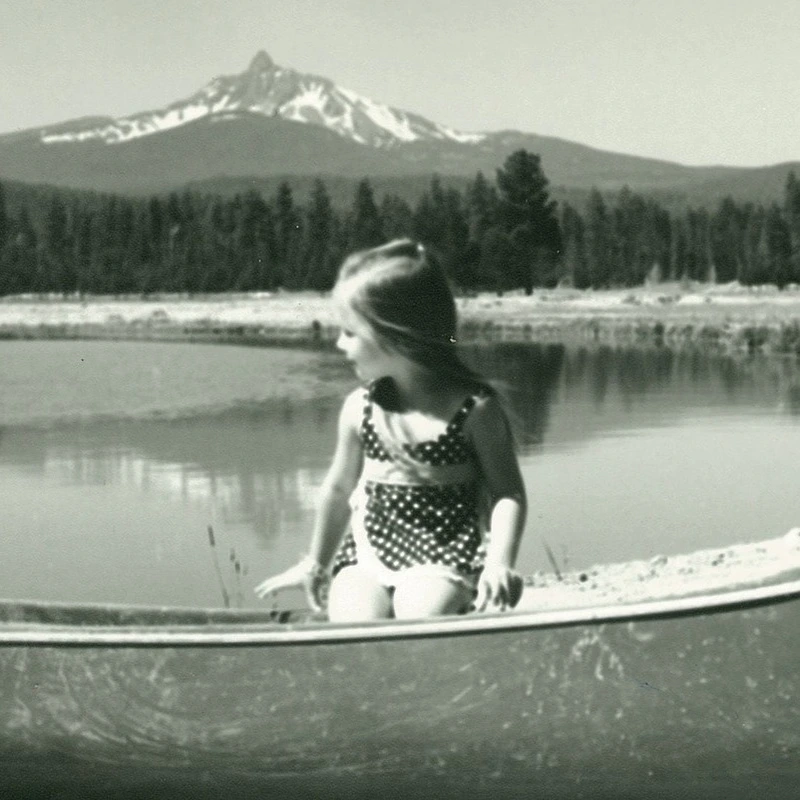
Black Butte Ranch, Steeped in Central Oregon History. 2020 marked Black Butte Ranch’s 50th Anniversary.
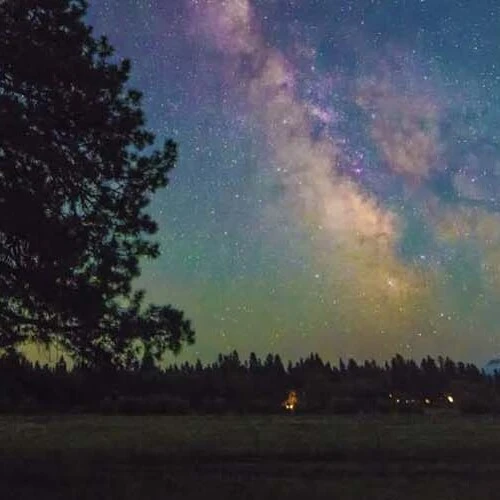
Take a moment to view our photo gallery and you’ll quickly discover why Black Butte Ranch is such a cherished destination for family vacations, reunions, weddings, group meetings and special events.
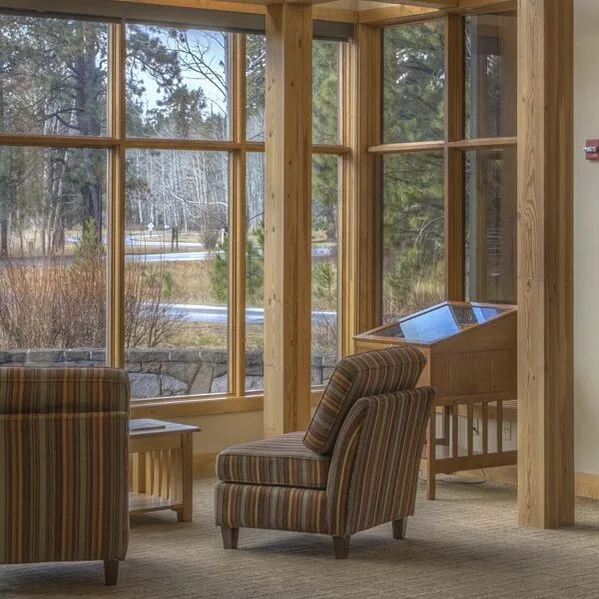
Ranch services are open, take a look at our seasonal hours.
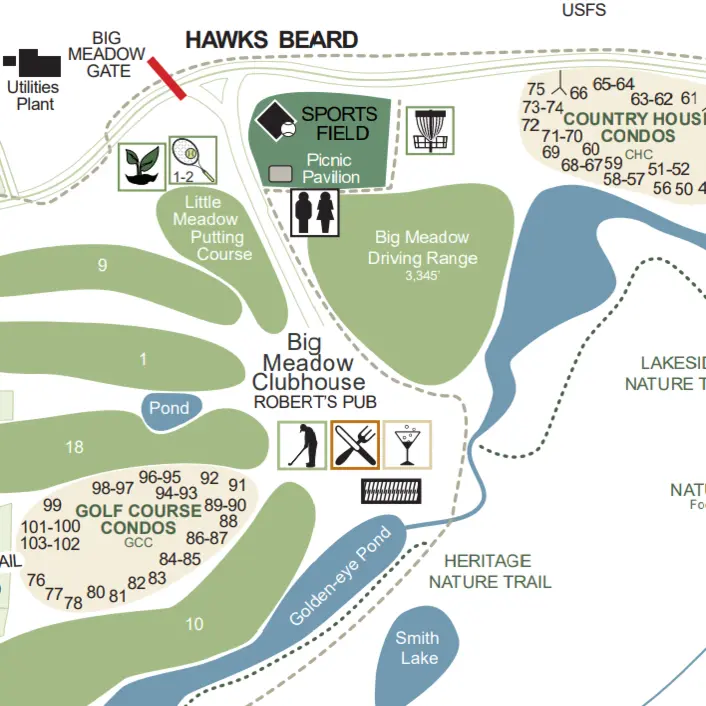
Select the perfect package for your group event.
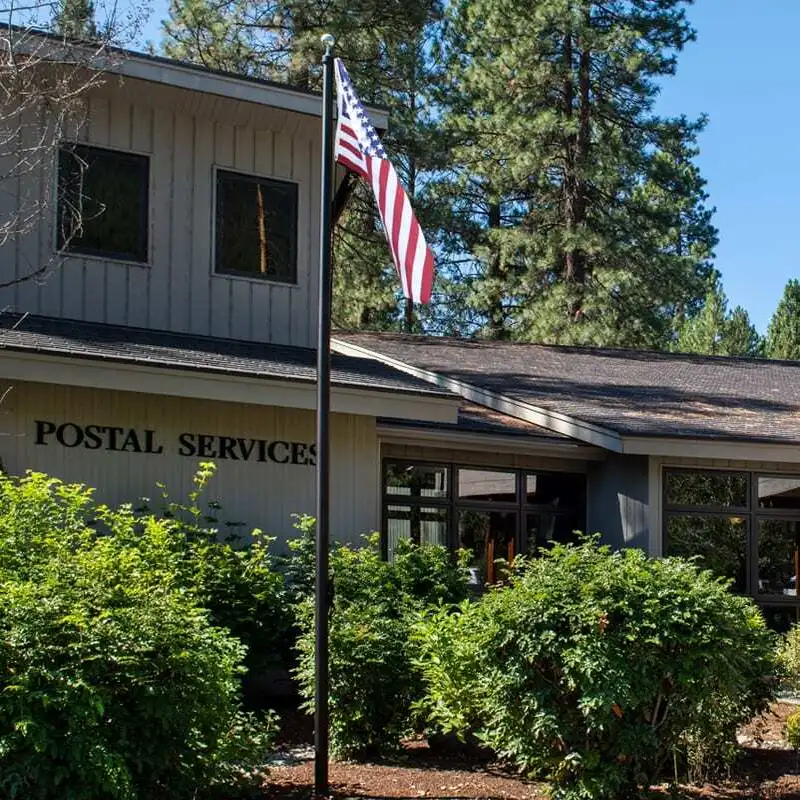
Black Butte Ranch Postal Center is stocked to meet all your postal needs, with packaging, cards, stamps and one-stop delivery.
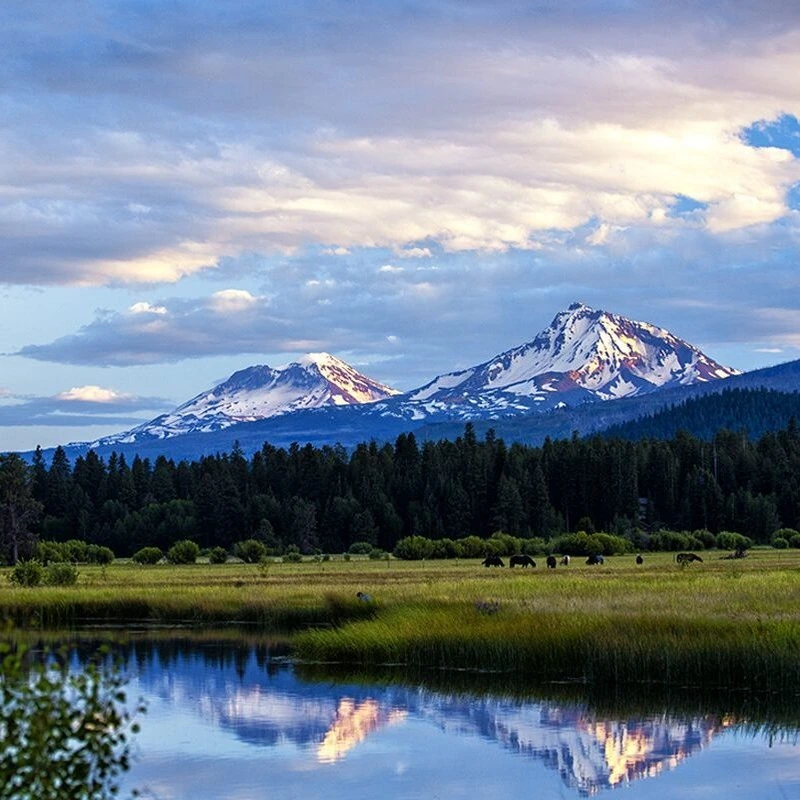
The Web Cam at Black Butte Ranch looks southwest towards North Sister and Black Crater near the Lodge. Located in the heart of the Central Oregon Cascades.
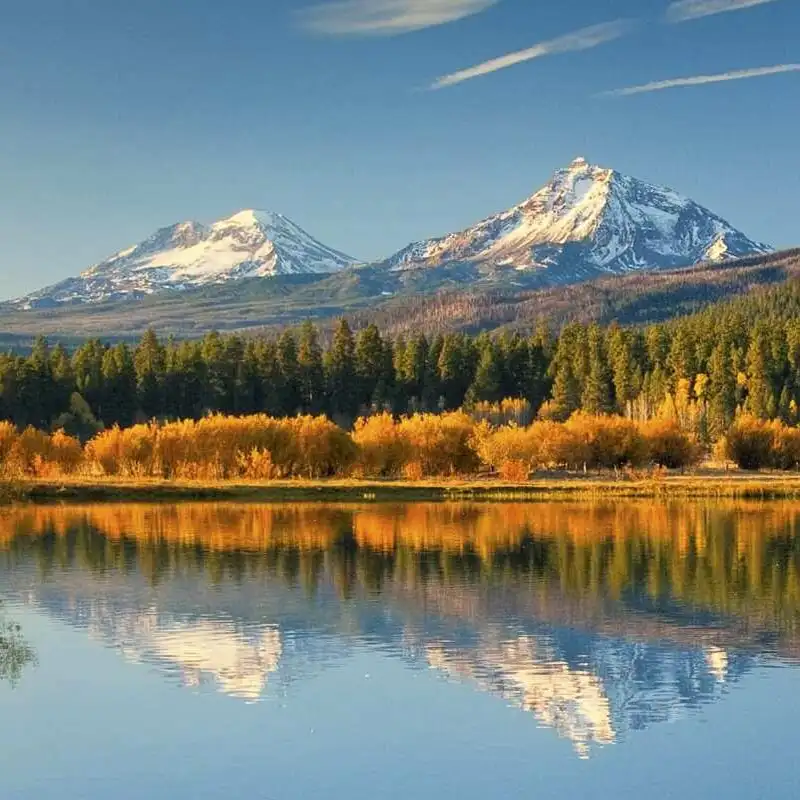
Year after year, our guests return to share in these annual events. We invite you to join these traditions at Black Butte Ranch.
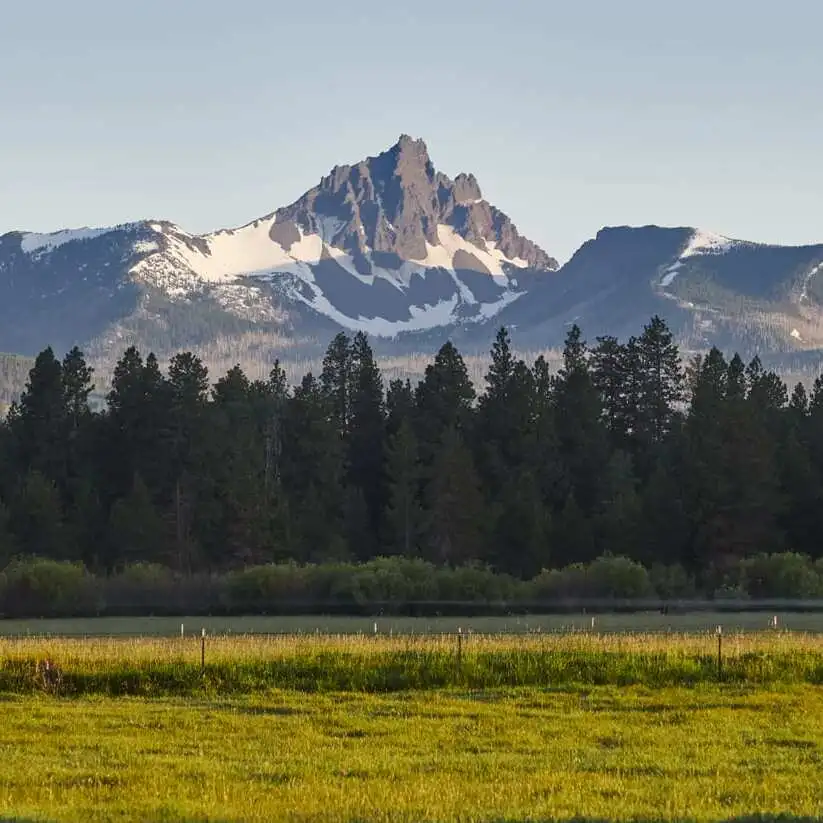
Black Butte Ranch is a stunning property, and is a popular place to photograph nature, people, horses and night skies. All photo shoots (including still, video, etc.) require a permit in advance.
Don’t miss out on special offers, special events, and more. Sign up for our newsletter and stay in the know!